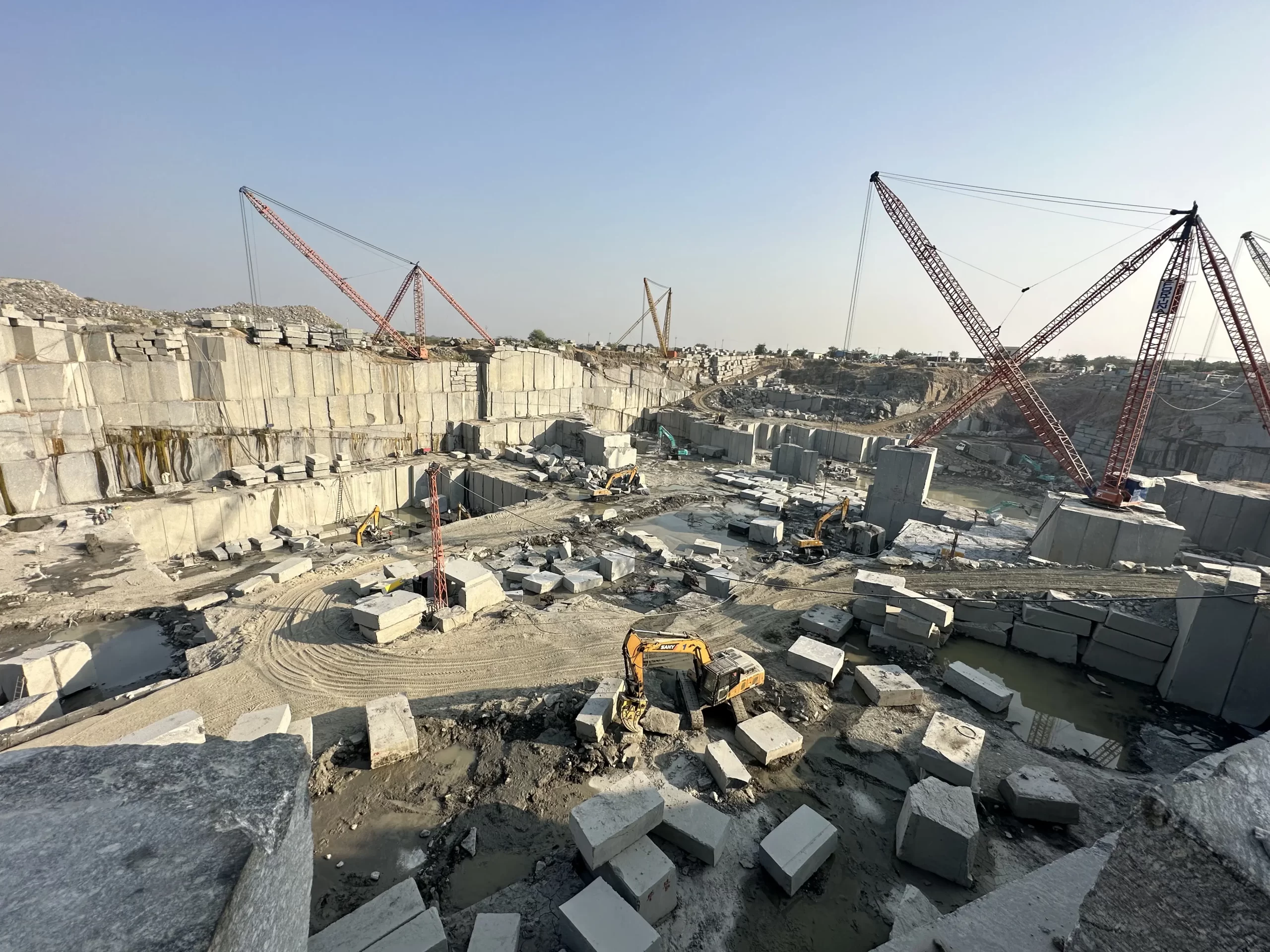Exploring Granite Quarries in South Africa: A Comprehensive Guide
Exploring Granite Quarries in South Africa: A Comprehensive Guide
Blog Article
Discovering the Rich Background and Lasting Practices of Granite Quarrying
As we stand on the precipice of discovering the intricate tapestry of granite quarrying, a trip with time discloses not just the physical act of drawing out rock but also the social and historical value woven into the extremely textile of this method. From the ancient origins that laid the structure for modern-day quarrying techniques to the sustainable methods that are forming the future of this industry, each sculpt mark on granite surface areas narrates waiting to be discovered (granite quarries in south africa). The tradition of granite quarrying stretches far past mere extraction; it is a testimony to human ingenuity, resilience, and the long-lasting attraction of this magnificent stone
Ancient Beginnings of Granite Quarrying
Dating back to old people, the method of quarrying granite has been an indispensable component of human history and architectural development. The earliest proof of granite quarrying days back to ancient Egypt, where enormous pyramids and complex sculptures were crafted from this sturdy rock. The Egyptians made use of primitive tools to draw out granite blocks from quarries, showcasing the value of this product in their huge building and constructions.
Relocating forward in history, the Greeks also made considerable contributions to the quarrying of granite. The Greeks used granite in different architectural marvels, such as temples and statues, demonstrating their ability in shaping and carving this hardy stone. The Romans further refined the strategies of quarrying granite, employing advanced tools like knives and hammers to remove and form granite for their famous structures.
With the centuries, the method of quarrying granite has developed, with modern innovations enhancing efficiency while preserving the timeless appeal of this natural rock - granite quarries in south africa. From ancient people to contemporary contractors, the tradition of granite quarrying remains to form our globe
Development of Quarrying Strategies
The advancement of quarrying strategies has actually been marked by a continual progression towards better performance and precision in extracting granite. From the rudimentary methods utilized by our ancestors to the innovative technologies made use of in modern-day quarrying procedures, the market has actually gone through significant innovations. Early quarrying methods included manual labor with standard tools such as knives, hammers, and wedges to draw out granite blocks from the earth. As people progressed, strategies like fire-setting and primitive explosives were presented to help with the removal procedure.
In more recent times, the advent of machinery changed the quarrying industry, allowing much faster removal prices and enhanced efficiency. Technologies such as ruby wire saws, high-pressure water jets, and pneumatic drills have come to be conventional in modern quarries, allowing for precise cutting and minimized waste. Furthermore, innovations in computer-controlled equipment and 3D modeling have actually maximized quarrying operations, causing minimal ecological impact and enhanced sustainability techniques. As the need for granite proceeds to climb, the advancement of quarrying strategies remains integral to meeting market requires successfully and sustainably.
Social Value of Granite
Granite holds an extensive social significance across numerous human beings as a result of its enduring presence in architectural masterpieces and admired monuments. From the stunning pyramids of Egypt to the elaborate carvings of the Angkor Wat holy place in Cambodia, granite has been a material of selection for revealing splendour and longevity in cultural heritage. In ancient Rome, granite columns adorned holy places and public buildings, symbolizing toughness and durability. The social importance of granite extends past its physical qualities; it embodies durability, stability, and eternity, making it a sign of enduring traditions and traditions.

Sustainable Practices in Quarrying
Amidst the abundant background of granite quarrying and its cultural value lies an expanding emphasis on lasting methods within the industry. As ecological understanding and concerns about source exhaustion have enhanced internationally, the quarrying sector has actually significantly accepted sustainable approaches to reduce its influence on the atmosphere and bordering neighborhoods.

Moreover, recovery and recovery of quarry websites post-extraction are important to sustainable methods. By bring back quarried areas to a natural or advantageous state, such as producing wildlife environments or entertainment areas, quarriers can balance out the environmental footprint of their procedures and add favorably to the neighborhood ecosystem.
Legacy of Granite Quarrying
With a historic background steeped in workmanship and commercial development, what withstanding impact has granite quarrying left on the landscape of modern-day reference culture? The tradition of granite quarrying transcends plain removal methods; it has formed architectural marvels, city landscapes, and social heritage worldwide. The resilient nature of granite has made it a recommended option for monuments, structures, and facilities, standing as a testimony to the skill and artistry of quarry employees across generations.
Moreover, the financial footprint of granite quarrying can not be forgotten. The market continues to give employment possibilities and drive regional economies in regions where granite extraction try this site is widespread. It has additionally spurred technical advancements in quarrying methods and equipment, bring about more effective and lasting techniques.
In regards to sustainability, the legacy of granite quarrying includes initiatives to minimize environmental influences through improvement jobs and accountable source management. By balancing financial passions with ecological stewardship, the industry strives to make certain that future generations can remain to take advantage of this long-lasting natural deposit.
Verdict

Report this page